The show – which runs until March 2027 – brings together 141 Pablo Picasso works that the artist kept for himself, including 10 which were never before seen in Spain.
“We have not followed chronology strictly. We do begin with the very early work of Picasso and we end with the last work that he created but within that we often are combining works from different decades,” said the curator of the exhibition, Michael FitzGerald, a professor of art history at Trinity College in the United States.
“It is a group of works, paintings, sculptures, drawings, prints that represents the entire production of Picasso I hope very accurately. and we particularly emphasised ceramics among them which is a part of Picasso’s work that is often not shown and not perhaps taken as seriously as it should.”
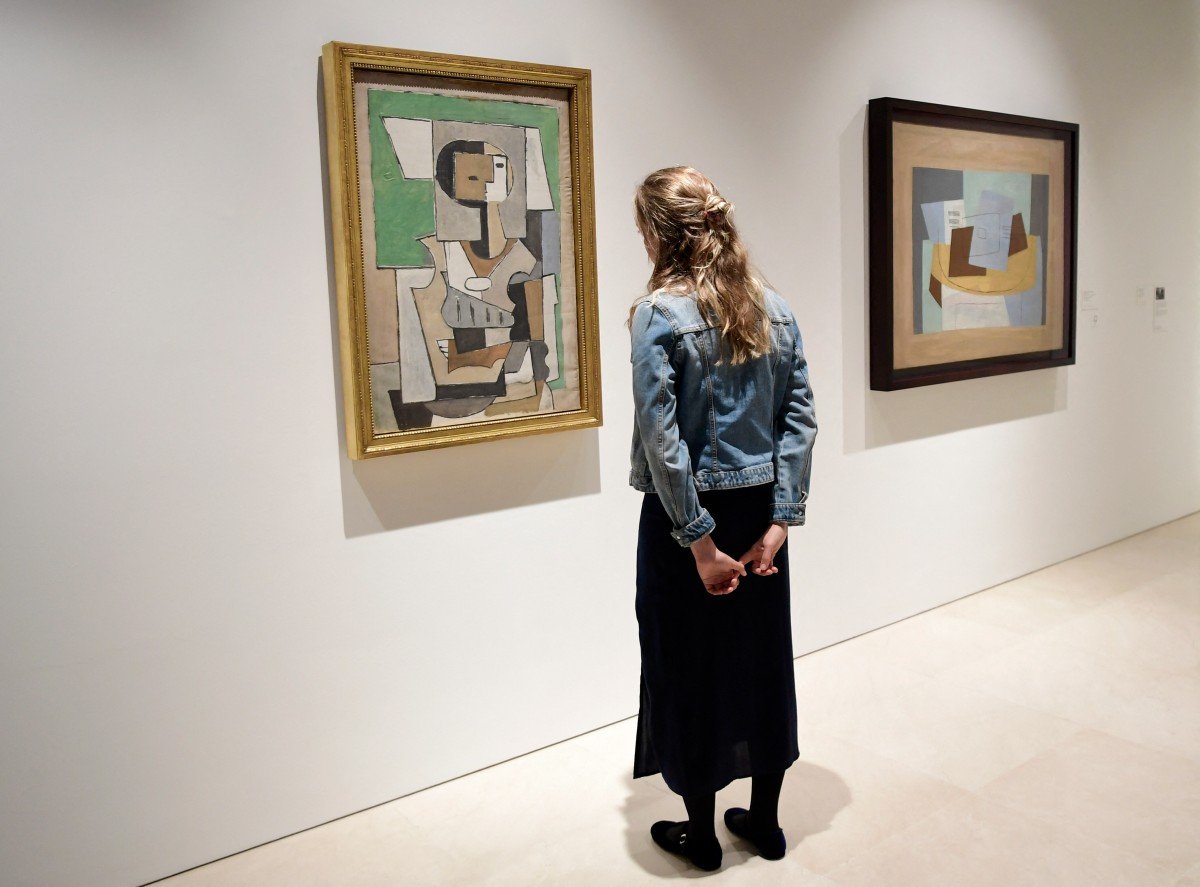
Museums have traditionally displayed works by Picasso grouped according to his key periods, from blue, pink and cubist to surrealist.
Picasso’s great-grandson, Bernard Ruiz-Picasso, said combining works of distinct periods and techniques “allow us to link different moments of his life”.
Among the works never exhibited before in Spain is a 1922 painting called “Paul” which depicts the artist’s son as well as the 1933 sculpture “Femme accoudée” (1933) and a dish decorated with a bull’s head from the 1950s.
Opened in 2003 in a 16th century mansion, Málaga’s Picasso Museum is located just a couple of hundred metres (yards) from the house where the artist was born in 1881.
Picasso left for Paris in 1904 and most of his adult years were spent in France where he died in 1973. The Picasso Museum in the French capital houses the world’s biggest collection of the artist’s works.

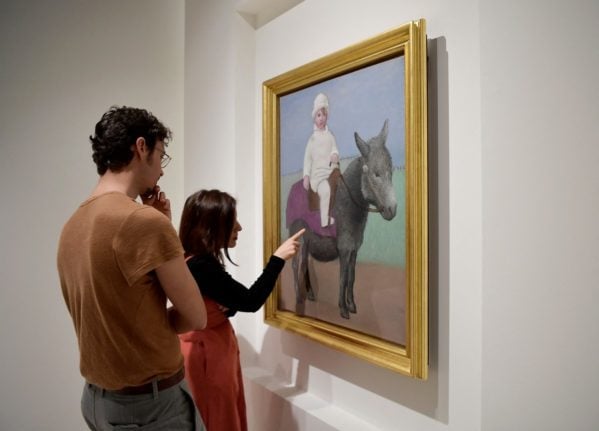

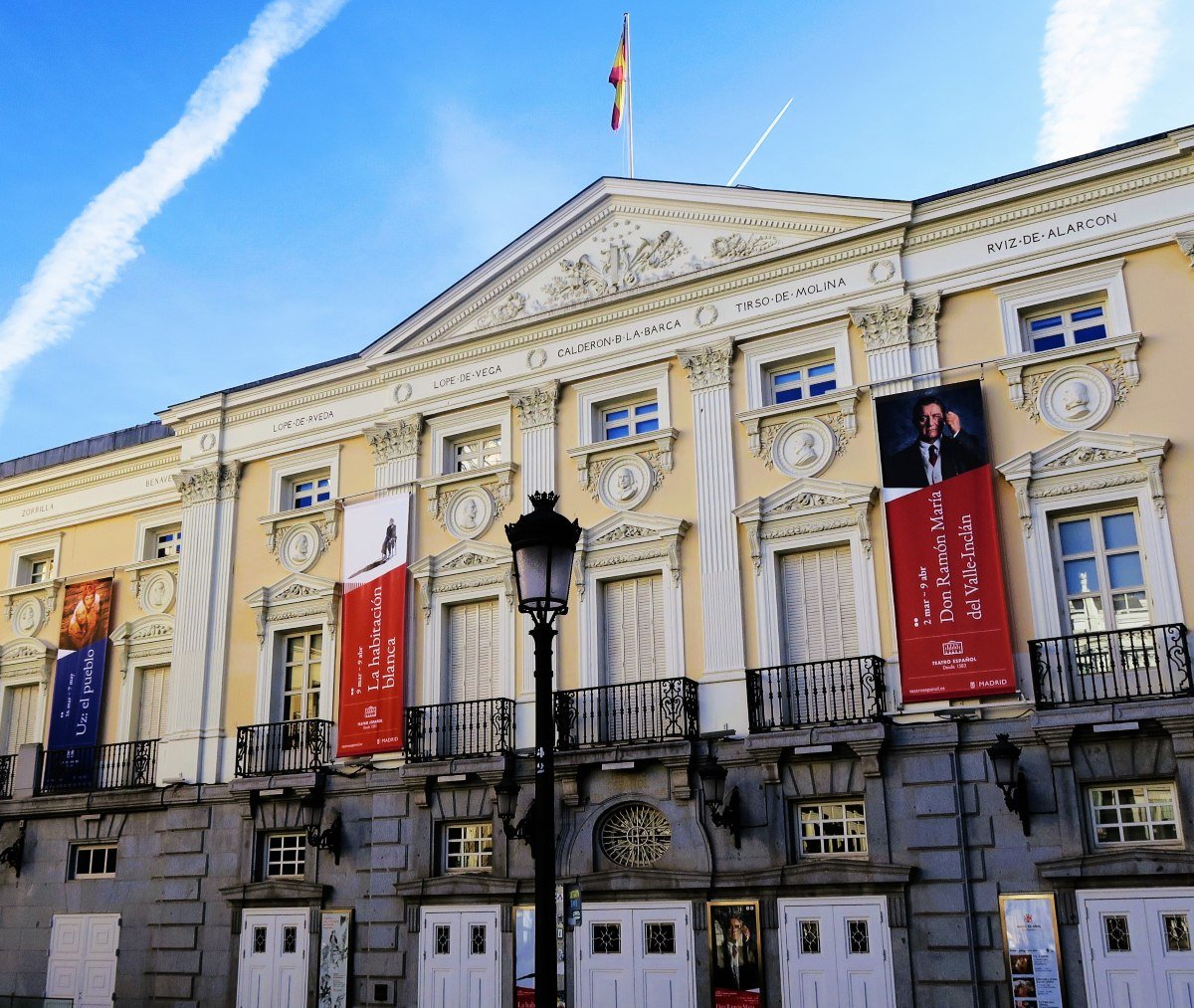
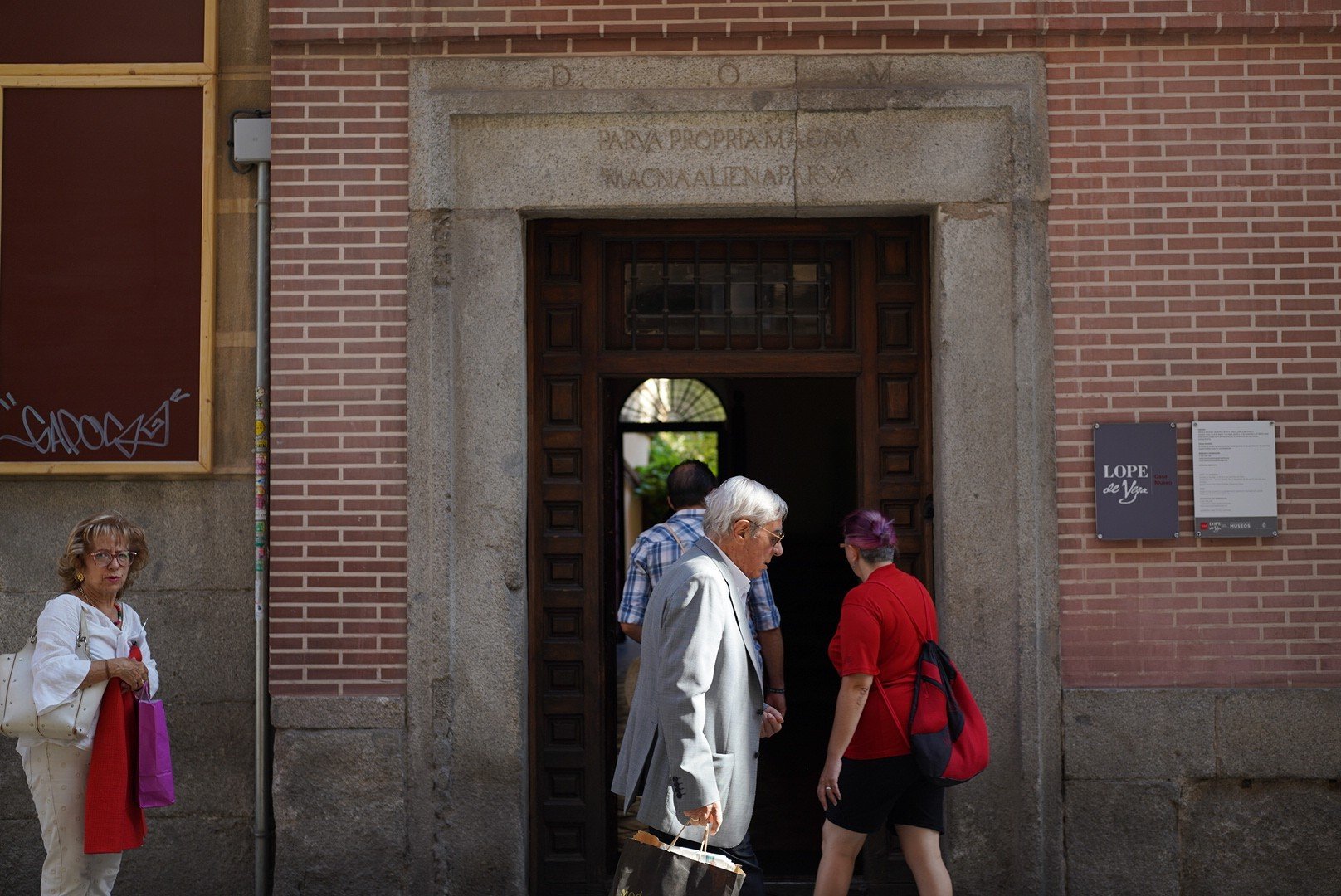


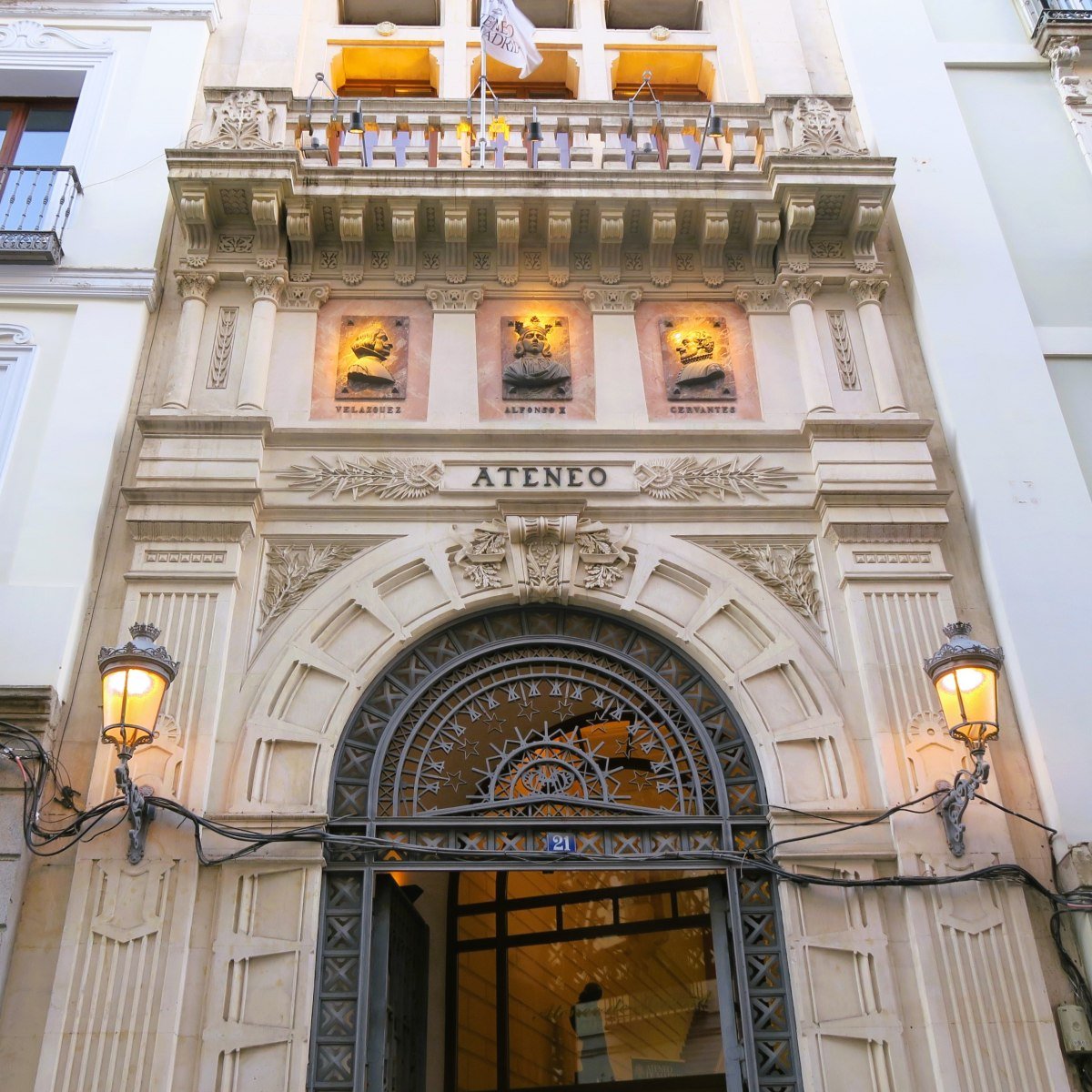
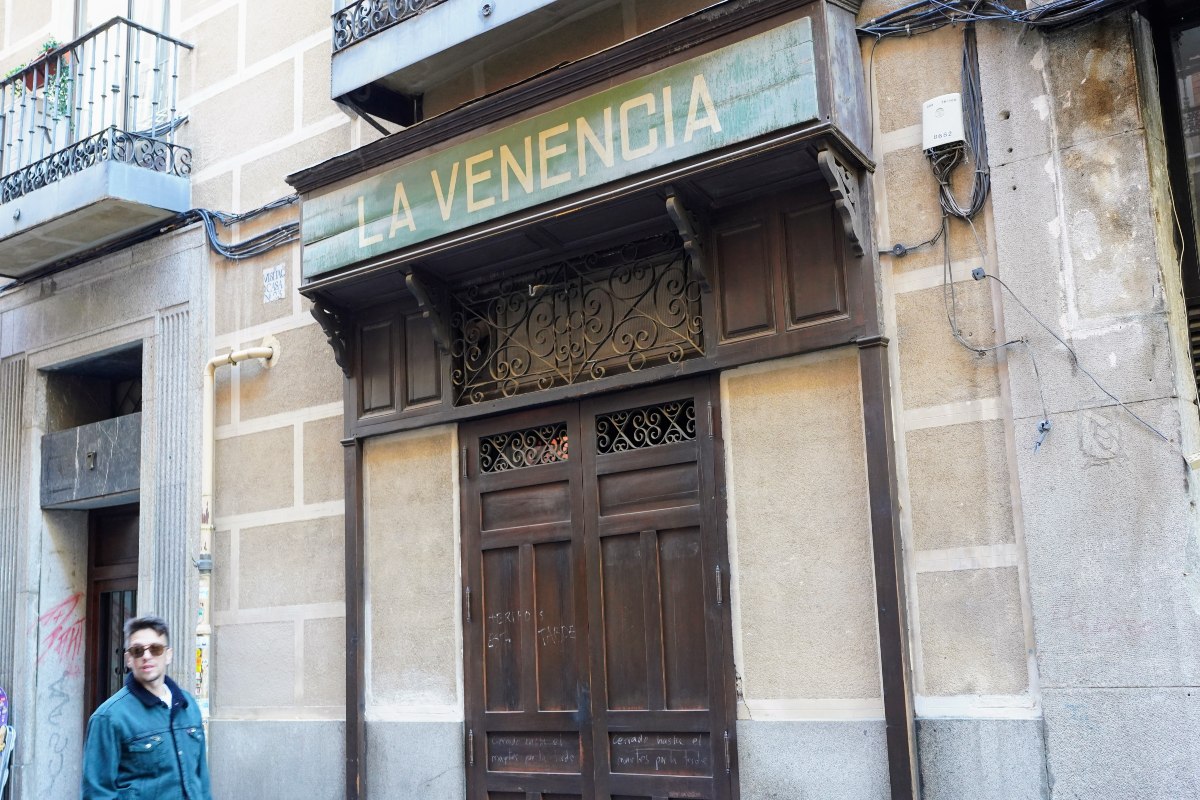
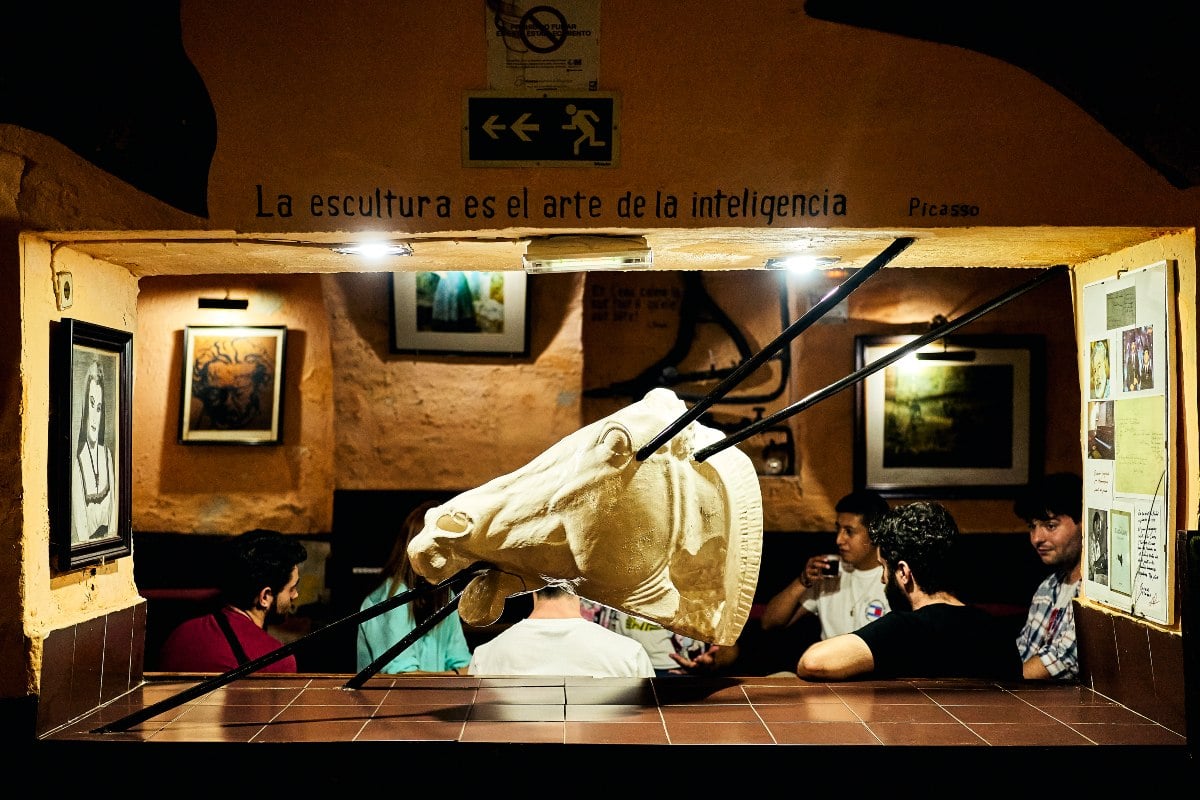
 Please whitelist us to continue reading.
Please whitelist us to continue reading.
Member comments